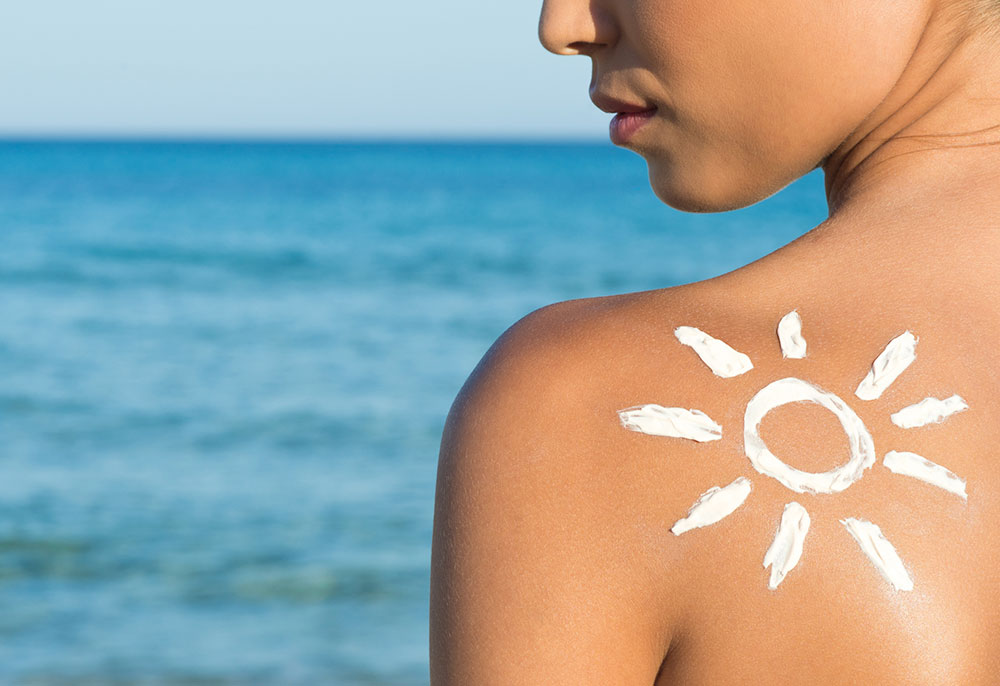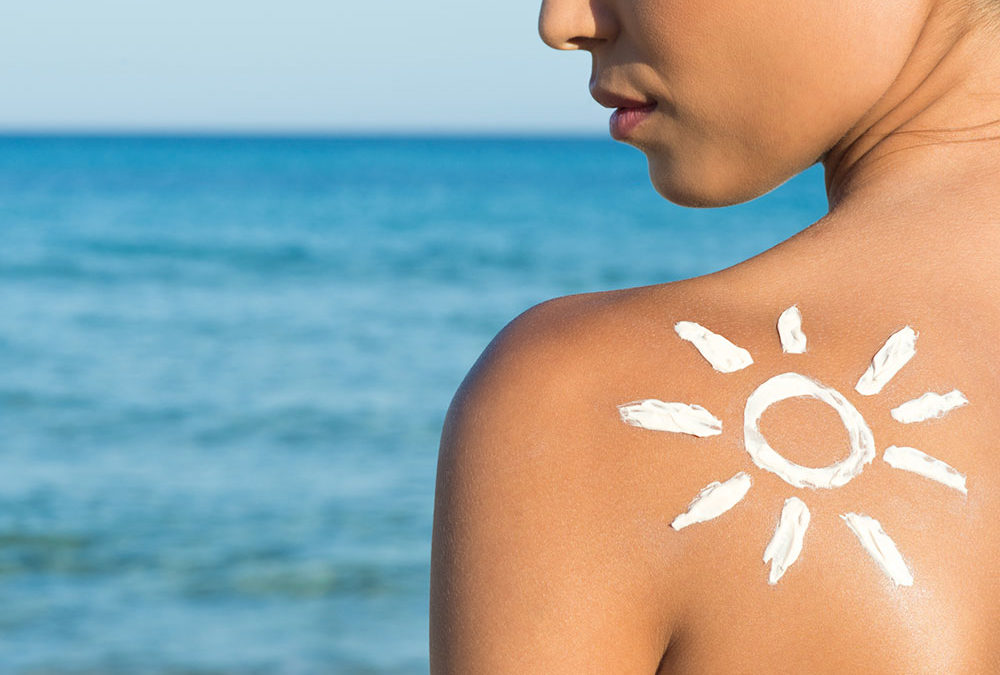Physical or Chemical Sunscreen?
June 20, 2019
In order to maintain healthy looking skin, applying sunscreen as part of your daily routine should come as second nature. Not only does it act to prevent sun damage and premature skin ageing but, there are the more obvious reasons, like avoiding skin cancer, that should make sunscreen every Aussie’s best friend.
And, because we inhibit the country that receives more UV radiation than our north-of-the-equator counterparts, we’d be silly not to be conscious of the products we put on our skin to help prevent said, burning and disease. Yet, if you’ve ever heard the term physical sunscreen, you’d be forgiven for misunderstanding the difference between that and the more commonly available chemical based options in market.
So, to avoid any further confusion, we’re here to give you the low down on both physical and chemical sunscreens, so you can make an educated decision the next time you’re purchasing sun protection.
Chemical sunscreens work by absorbing UV rays into the epidermis (top layer of skin) and prevent any further UV penetration into the dermis (deeper layers) before these rays get a chance to cause damage. Physical or mineral sunscreens, also known as physical blockers, do just that, block the UV rays from penetrating the skin at all. Rather than absorbing them, physical sunscreen particles sit on top of the skin acting as a reflective UV layer.
Different chemicals and minerals absorb different types of rays, for example UVA or UVB, and some UV filters can actually fragment and scatter the sun’s rays. These so called ‘UV filters’ are the active ingredients in sunscreens that protect you from the damaging effects of the sun.
Chemical based sunscreens contain filters that are usually made up of a combination of active ingredients such as; octocrylene; oxybenzone; avobenzone; octisalate; homosalate and octinoxate, while physical sunscreens combine titanium dioxide with zinc oxide to offer a mineral based sunblock. However, generally a single chemical or mineral is not enough to protect against both types of harmful rays and therefore, compound formulas are most effective in order to achieve broad-spectrum, 50+ protection.
As a rule, chemical sunscreens require around 20 minutes before they are fully absorbed by the skin and should be applied as a base. Physical sunscreens on the other hand, can be applied as the last step in your skin care routine and will begin deflecting the sun’s rays immediately.
One of the key factors differentiating physical and chemical based sunscreens is that chemical sunscreens may contain harsher ingredients, which can trigger a reaction and cause a breakout. In the small percentage of cases where a reaction has been recorded due to the use of a physical sunscreen, it has been found that it is the immune system’s response to the titanium dioxide rather than the zinc oxide, making most zinc based products best for those with sensitive skin.
When choosing a sunscreen, it all comes down to personal preference and is dependent on skin type. With pros and cons to each, the general consensus is, if you have sensitive skin (a growing number of the population), physical blockers tend to provide you with a great form of sun protection and minimal risk of causing irritation.

![Rotary Official logo RC Warringah[6]](https://beach2beach.com.au/wp-content/uploads/Rotary-Official-logo-RC-Warringah6.jpg)




